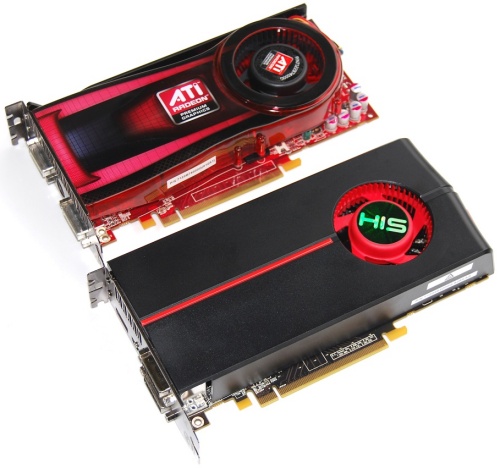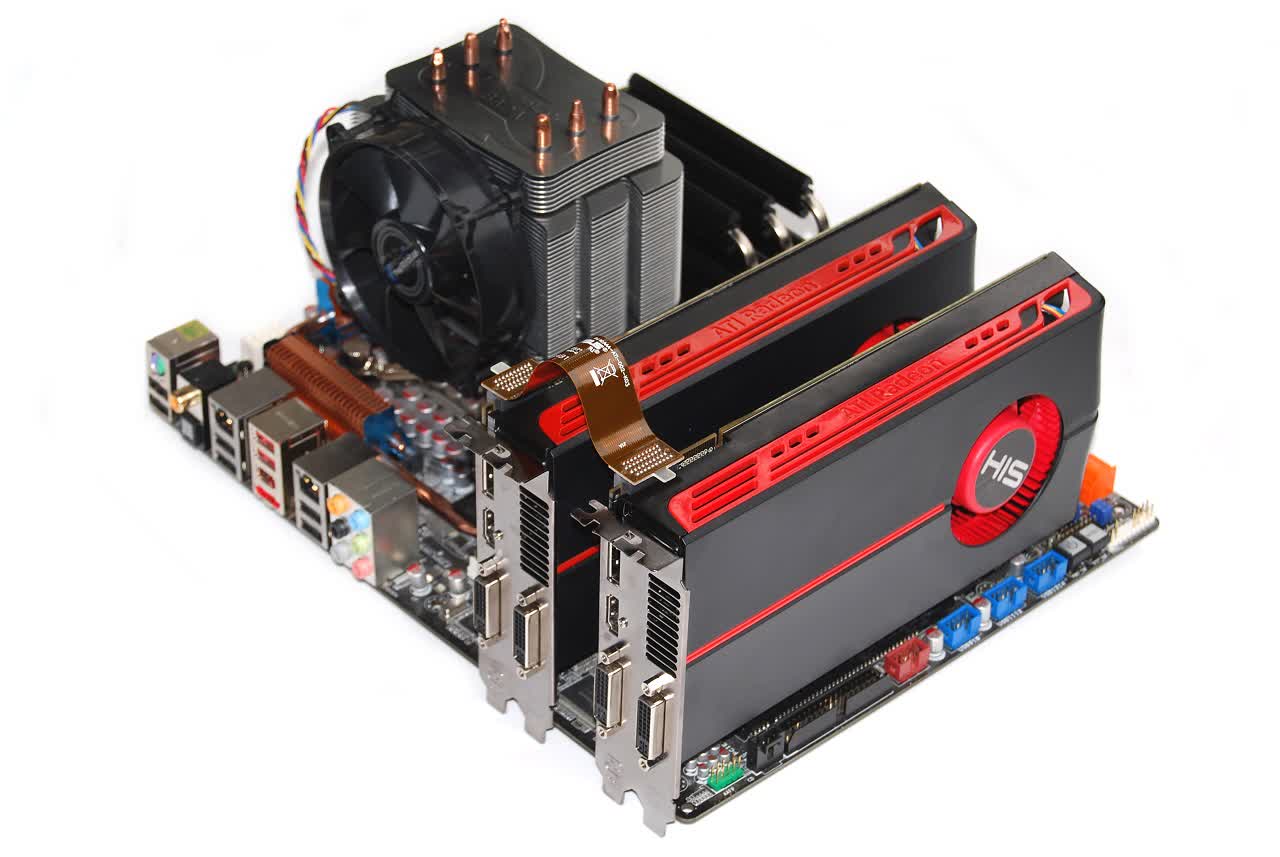ATI Radeon HD 5770 In Detail
The Radeon HD 5770 is essentially a more compact version of the 5850 we reviewed just days ago. Both products look much the same from all angles, and despite its lower power consumption levels, the Radeon HD 5770 maintains the dual slot cooling design.
As a result this card should generate little noise and likely overclock very well, while taking as much estate as its higher performing siblings.

Compared to the Radeon HD 5870 and 5850 that measure 28cm and 24cm, respectively, the Radeon HD 5770 is just 21cm long. This is similar to existing Radeon HD 4850 and 4770 graphics cards and therefore AMD's latest card should fit in any case that can support a mATX motherboard.


Furthermore, the Radeon HD 5770 features the exact core configuration of the Radeon HD 4870 and 4890: 800 SPUs, 40 TAUs (Texture Address Units) and 16 ROPs (Rasterization Operator Units).

The core clock speed also matches that of the Radeon HD 4890 card at 850MHz, while GDDR5 memory is set to operate at 1200MHz. There's 1GB of memory in total spread across eight chips, which are located on the front and back side of the card.


Cooling the "Juniper XT" GPU is a fairly large aluminum heatsink made up of 36 fins measuring 10.5cm long, 6.0cm wide, and 2.5cm tall. Connected to the base of this heatsink are two copper heatpipes which help improve efficiency, while a 65x20mm blower fan draws air in from within the case and pushes it out through the rear of the case.

The Radeon HD 5770 features a remarkably low 18 watt idle consumption level, making it one of the most efficient graphics cards available today. When pushing the card to the extreme it will still suck up to 108 watts, but even with the increased thermal stress, noise levels were comparable to those of the Radeon HD 4770 or GeForce GTS 250 graphics cards.



In order to feed the Radeon HD 5770 enough power, AMD included a single 6-pin PCI Express power connector. Most manufacturers should also be shipping cards with a pair of Crossfire connectors for bridging two or more cards together, two dual DVI connectors, HDMI, and Display Port connections.
Last but not least, the Radeon HD 5770 keeps Eyefinity support. Like its higher-end variants in the 5000 series, you can hook up to three high resolution monitors (up to 2560x1600) to this board.
